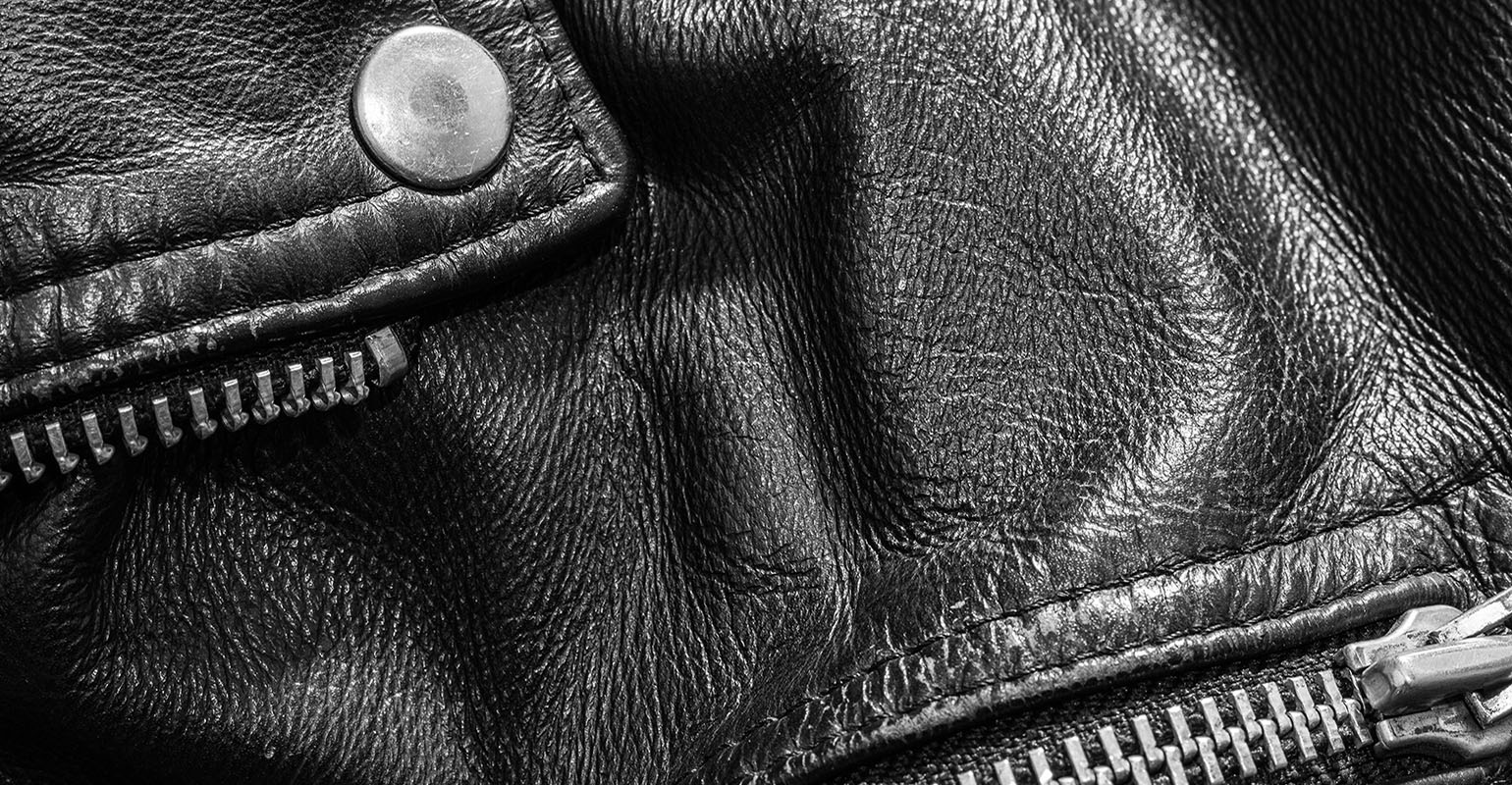
Remember Pleather? They’re Calling It Vegan Leather Now, and It’s Making All the Difference

One of the great rebranding exercises of all time has got to be “vegan leather,” which sounds way more appealing than plastic leather, but that is precisely what it is. And it’s winning converts from unexpected quarters.
As Hiroko Tabuchi writes in the Sunday edition of the New York Times: “It’s soft. It’s vegan. It looks just like leather. It’s also made from fossil fuels. An explosion in the use of inexpensive, petroleum-based materials has transformed the fashion industry, aided by the successful rebranding of synthetic materials like plastic leather (once less flatteringly referred to as “pleather”) into hip alternatives like “vegan leather,” a marketing masterstroke meant to suggest environmental virtue.”
I come from a generation that dismissed fake leather out of hand. Although it was slightly before my time, a poster of a young Marlon Brando in a leather jacket from the movie The Wild One had place of honor in my bedroom. The jacket represented what he would respond when one of the townsfolk asked him what he was rebelling against. “Whadda you got?” he sneered. You couldn’t say that line and expect any kind of respect wearing a faux leather jacket.
Times change. It seems that pleather has been elevated into a form of virtue signaling for people who otherwise would be more likely to be marching with the “ban plastics” crowd. As Tabuchi notes in her article, this shift has been enabled by the Higg Index.
The Higg Index is a set of tools designed to measure the sustainability of a product across the entire value chain, including the use of water and energy resources, its share of carbon emissions, and the labor conditions under which it was produced. The index was developed by the Sustainable Apparel Coalition (SAC), a fashion industry group comprising more than 250 apparel, footwear, and textiles stakeholders dedicated to reducing the environmental impact of their products and promoting social justice. In 2019, the SAC spun off the Higg Index technology platform to Higg, which since then has provided consumer goods businesses with access to those sustainability tools.
The Higg Index points out something that plastics professionals have always known: When you take into account all of the resources that go into the manufacture of a product, plastic is often the most sustainable choice.
For example, the index rates polyester as one of the world’s most sustainable fabrics. (Critics counter that the data underpinning this rating reflects European polyester production, although most of the material comes from Asia, where environmental policies may be more lax, notes Tabuchi.)
The Higg Index also gives silk one of the worst environmental impact scores. “Cotton and silk cultivation is water intensive and can involve heavy pesticide use,” writes Tabuchi. There again, critics of the index say the data is based on questionable sources that don’t reflect real-world conditions.
Be that as it may, the Higg Index is poised to become a de facto global standard. It certainly doesn’t hurt that heavyweights like H&M, Nike, Amazon, and Target are members of the SAC.
A little over a year ago, Higg launched a customer-facing program that shares data on a product’s environmental impact, starting with the materials content. As reported in Suston magazine, the “first phase of the Higg Index transparency program is an important step toward a unified approach for industry-wide transparency — in order to provide shoppers with unprecedented visibility into a product’s real impact.” Amazon, H&M, and Norrøna were among the first retailers to participate in the program, which reportedly will expand beyond the environmental impact of the materials and factor in manufacturing and corporate responsibility data.

Leave a Reply